Five Chesapeake summits to take your breath away
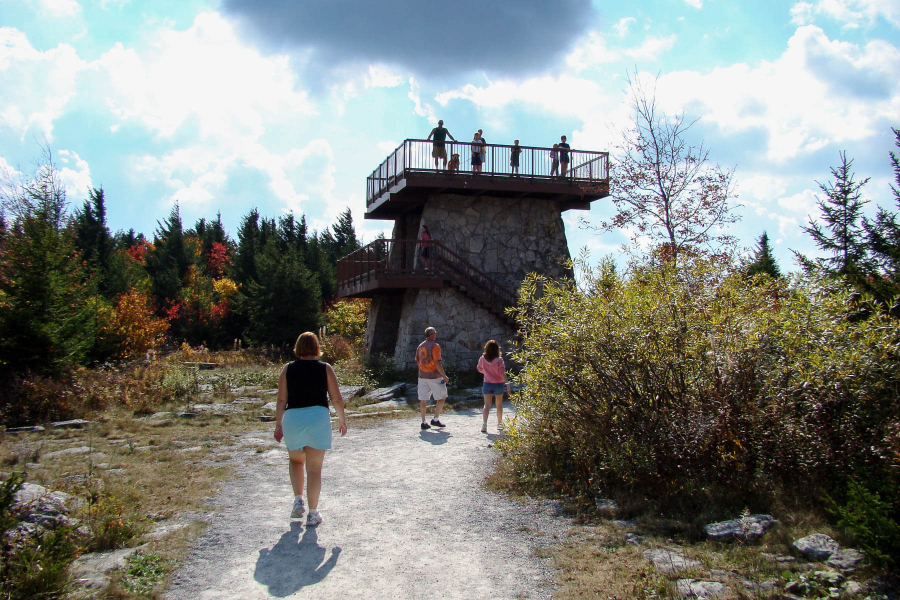
What do you think is greater: the depth of the Chesapeake Bay or the height of the surrounding mountains? The Bay is surprisingly shallow with an average depth of about 21 feet and a maximum depth of 174 feet. By comparison, the tallest mountain in the watershed rises 4,863 feet above sea level. These mountains provide visitors with memorable experiences and act as essential wildlife habitats that increase the biodiversity of the Bay watershed. High or low; strenuous or moderate; forested or rocky; every trail in the Chesapeake has something unique to offer.
Spruce Knob (West Virginia)
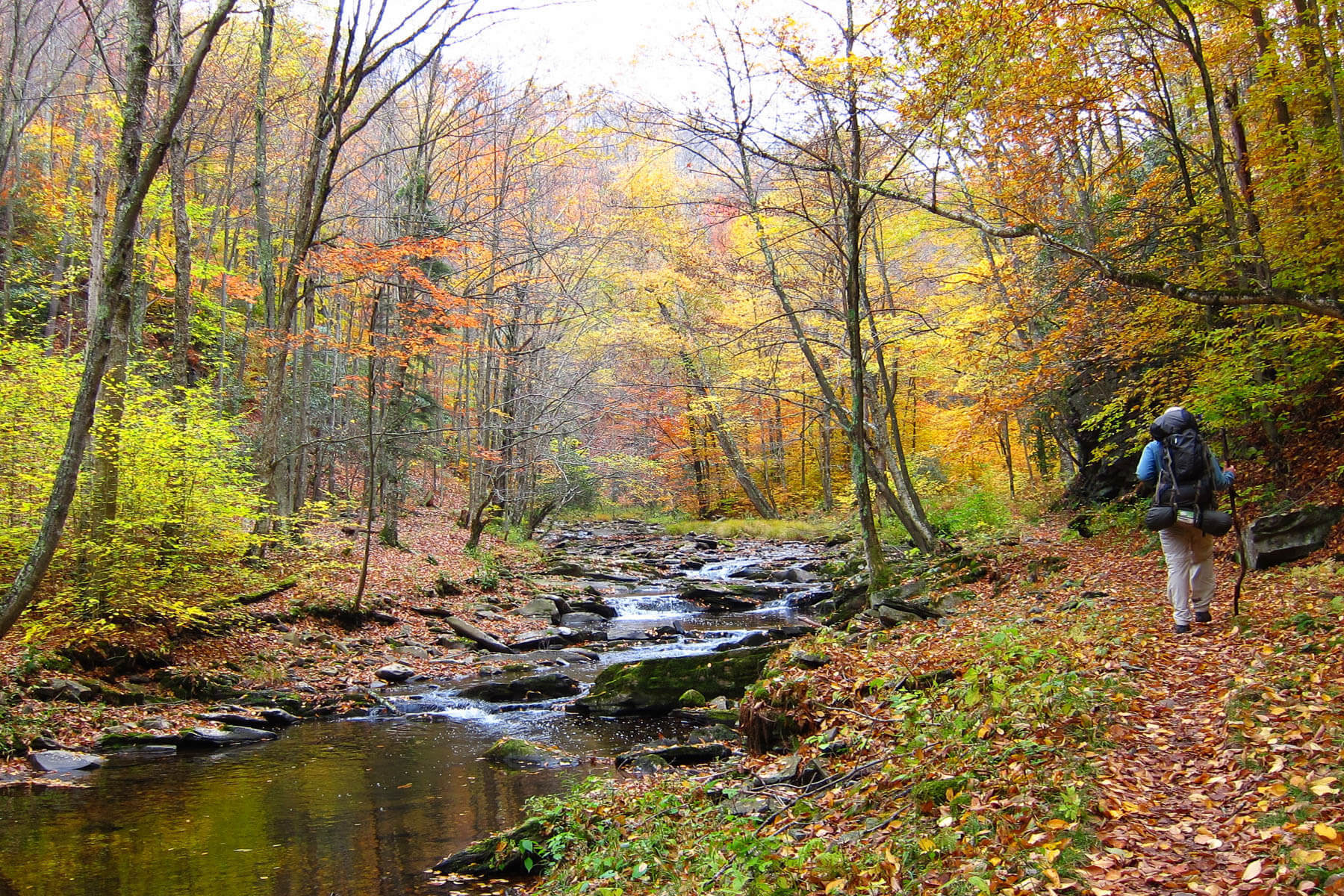
At 4,863 feet above sea level, Spruce Knob is both the highest point in West Virginia and the highest point in the entire Chesapeake Bay watershed. Spruce Knob is part of the Monongahela National Forest and Spruce Knob-Seneca Rocks National Recreation Area. In 1965, Spruce Knob-Seneca Rocks became the first National Recreation Area (NRA) designated by the U.S. Forest Service. The trail gets its name from the dense spruce forest present in the higher elevations on the mountain, a rarity for this part of the country. Being the highest point means there is no wind cover and the trees take on the bulk of the wind force. The trees on the edges of the mountain and at the highest points lean towards the mountain and lack branches and needles on the side facing away from the mountain. The Spruce Knob trail is short and accessible, and hikers can drive up most of the mountain and take a short, half-mile trail to the overlook point. Plan your trip for summer months as roads are not maintained during winter.
Elliott Knob (Virginia)
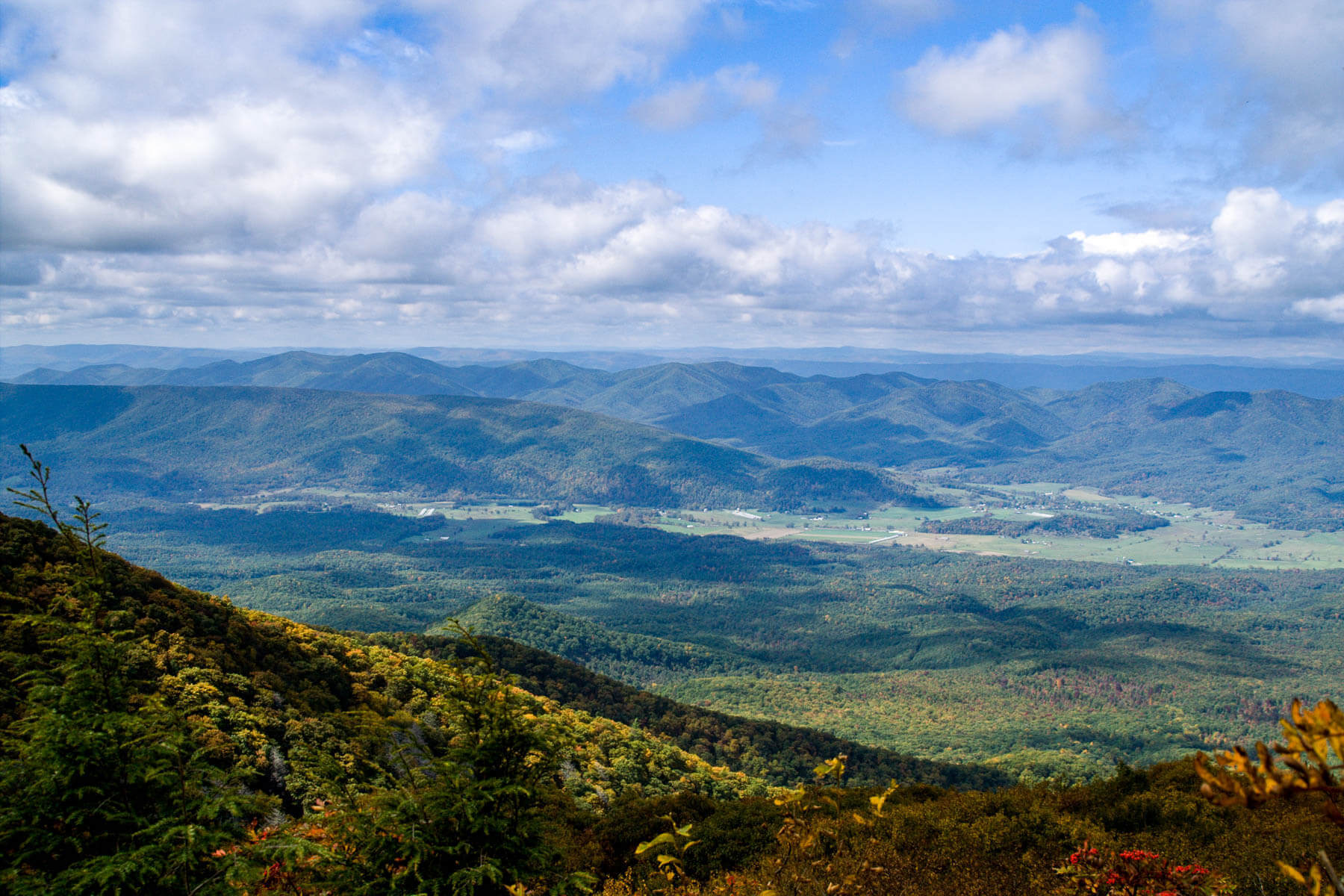
Elliott Knob, part of the George Washington and Jefferson National Forests, is the tallest peak in the Shenandoah Mountain Valley Region, standing at 4,462 feet above sea level. Park visitors enjoy walking along trails surrounded by white oak, maple, beech and red spruce trees. The area is filled with abundant wildlife including the northern copperhead, five-lined skink and red fox. Birders can also take advantage of the opportunity to spot the peregrine falcon, barred owl, northern bobwhite, scarlet tanager and yellow-billed cuckoo. Two options for hiking Elliott's Knob are the 2.6 mile Crawford Mountain trail or the 4.6 mile North Mountain trail; both trails are considered strenuous.
Blue Knob (Pennsylvania)
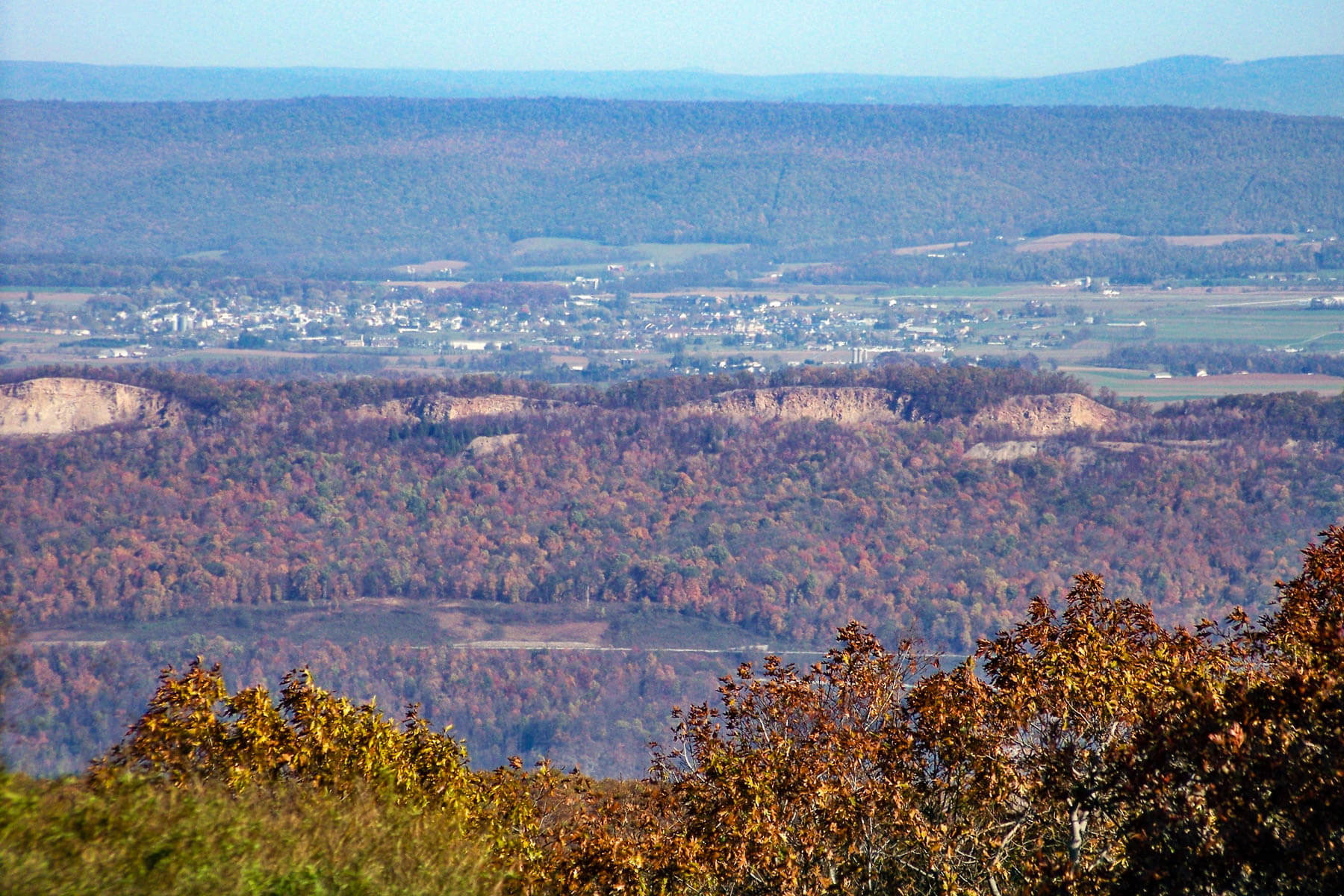
Blue Knob Mountain is 3,136 feet above sea level, making it the second highest mountain in Pennsylvania. Blue Knob State Park is the perfect place for nature lovers in every season. It has beautiful foliage in the fall, picture perfect snowfall in winter, ample songbirds in the spring and American black bear sightings in the summer. Blue Knob State Park is open year-round to the public, but be aware that the elevation does make it colder than surrounding regions. With 18 miles of trails on the mountain, everyone can find a trail at Blue Knob. For day hikers there are several 2-3 mile trails that have varying difficulty levels. More adventurous visitors will enjoy the 26 mile Lost Turkey Trail trail which covers a wide variety of terrain and is a favorite for backpackers and cross-country skiers.
Dans Rock (Maryland)
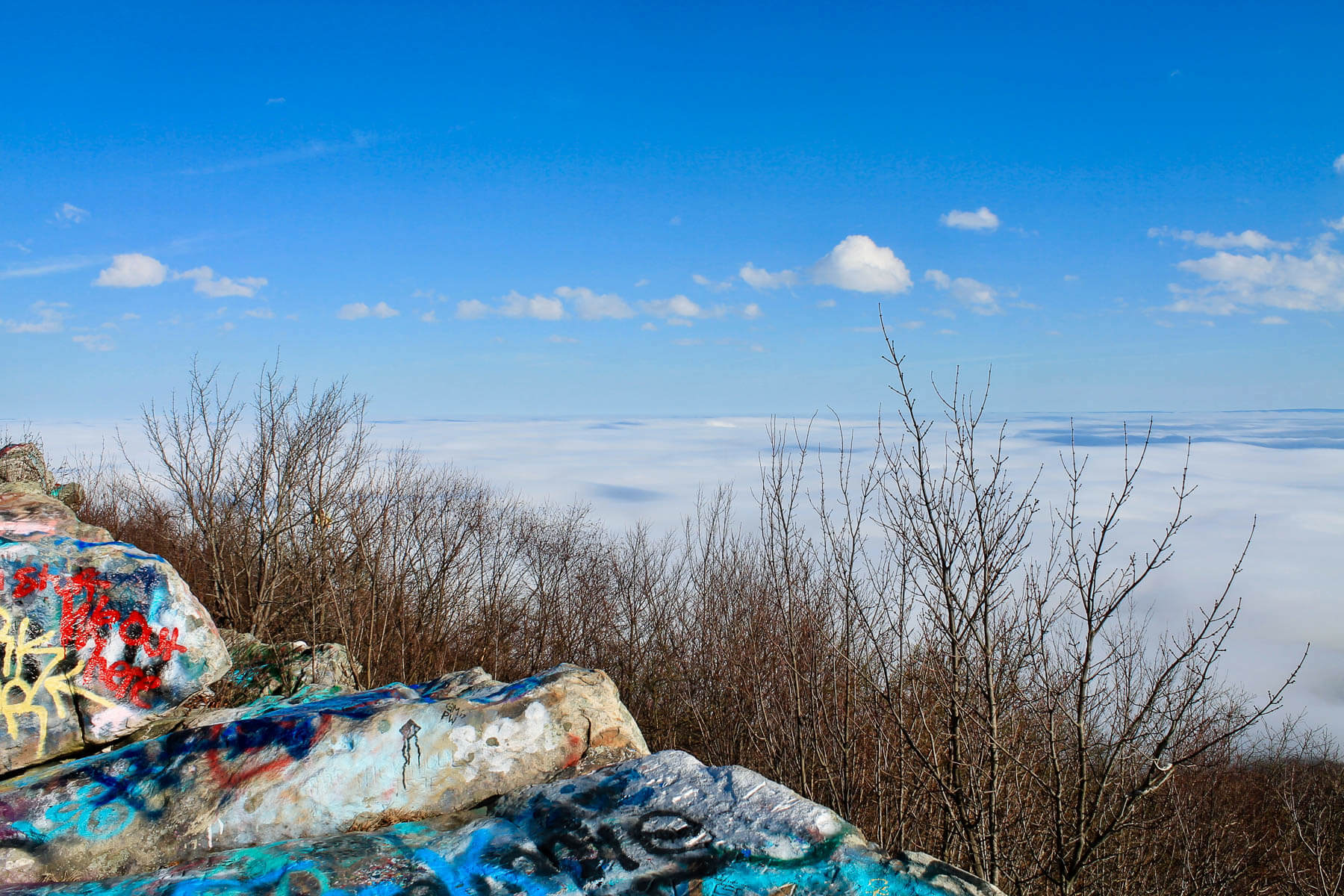
The highest point in Allegany, Maryland, Dans Rock is situated 2,898 feet above sea level in the middle of the 481 acres of wilderness that make up Dans Mountain State Park. The Audubon Society designated Dans Mountain an Important Bird Area due to the habitat it provides for a variety of species, most notably the Cerulean Warbler. Additional species of birds on the Audubon watchlist that make a home here are the Wood Thrush, Worm-eating Warbler, Louisiana Waterthrush and Kentucky Warbler. Dans Rock is a juxtaposition of natural beauty and human influence; as people stand at the overlook to view the natural beauty of the region they also stand on rocks completely covered in graffiti. The marking of the rocks started with carvings in the 1800’s and now almost every inch of the rocky surface has paint on it with so many overlapping layers that some areas are illegible. The graffiti attracts some visitors and upsets others.
Glimmerglass State Park (New York)
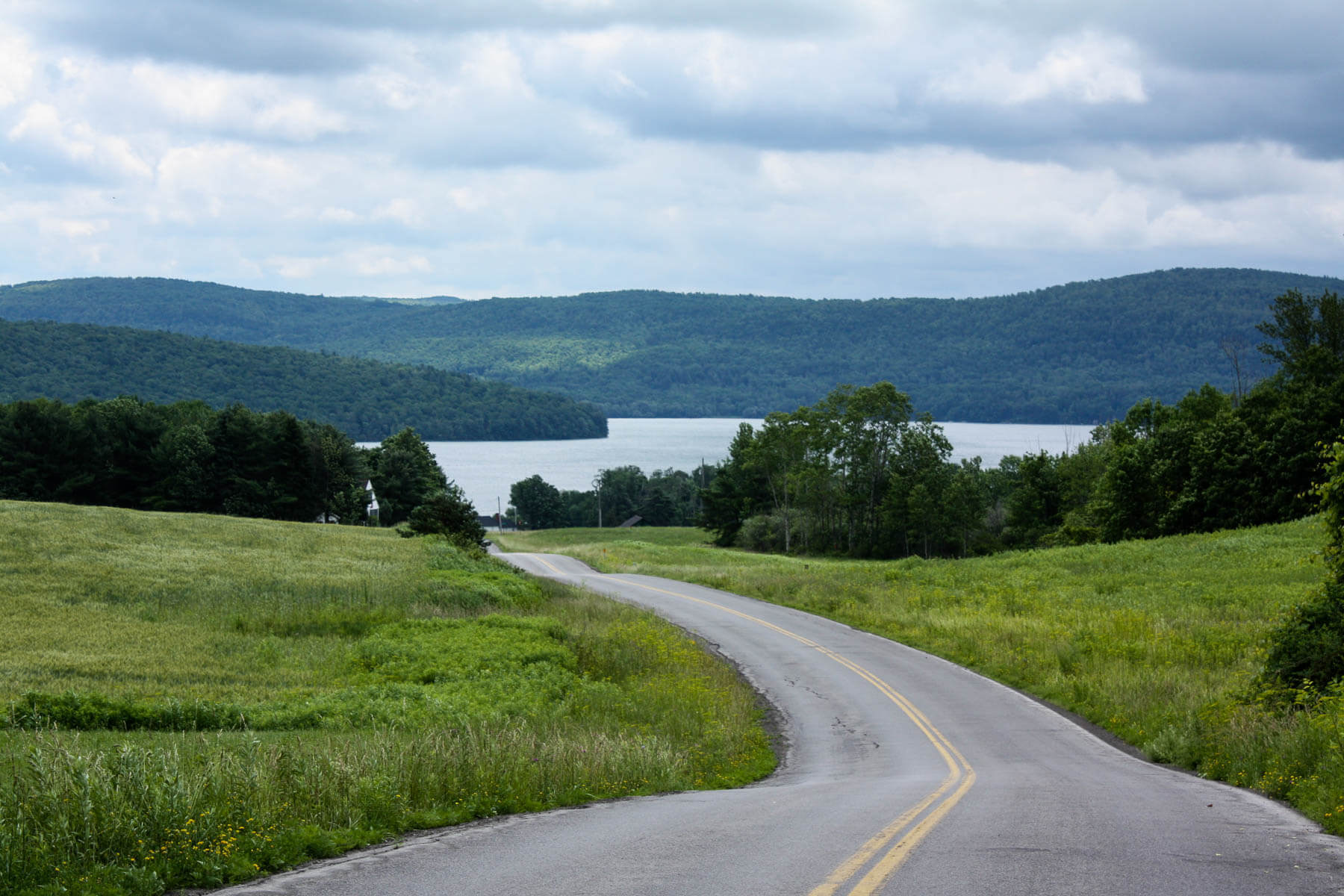
Love the mountains but not the climb? Put on your life jacket and grab your paddles to enjoy the beautiful mountains and rolling hills of New York while kayaking on Otsego Lake at Glimmerglass State Park. The park gets its name from James Fenimore Cooper's description in the Leatherstocking Tales, a series of five novels set in eighteenth century New York. Use the 2.6 mile Sleeping Lion loop trail to climb Mount Wellington for an aerial perspective of Otsego lake and the surrounding area. Glimmerglass is also a great site to enjoy the mountains year-round with hiking, cross-country skiing, snowshoeing, boating and fishing.
These mountains and the high-altitude habitats they provide are just a few of the places that make the Chesapeake region so diverse. Now that your knowledge of the region’s peaks has reached new heights, find a park and plan your next Chesapeake adventure.

Comments
There are no comments.
Thank you!
Your comment has been received. Before it can be published, the comment will be reviewed by our team to ensure it adheres with our rules of engagement.
Back to recent stories